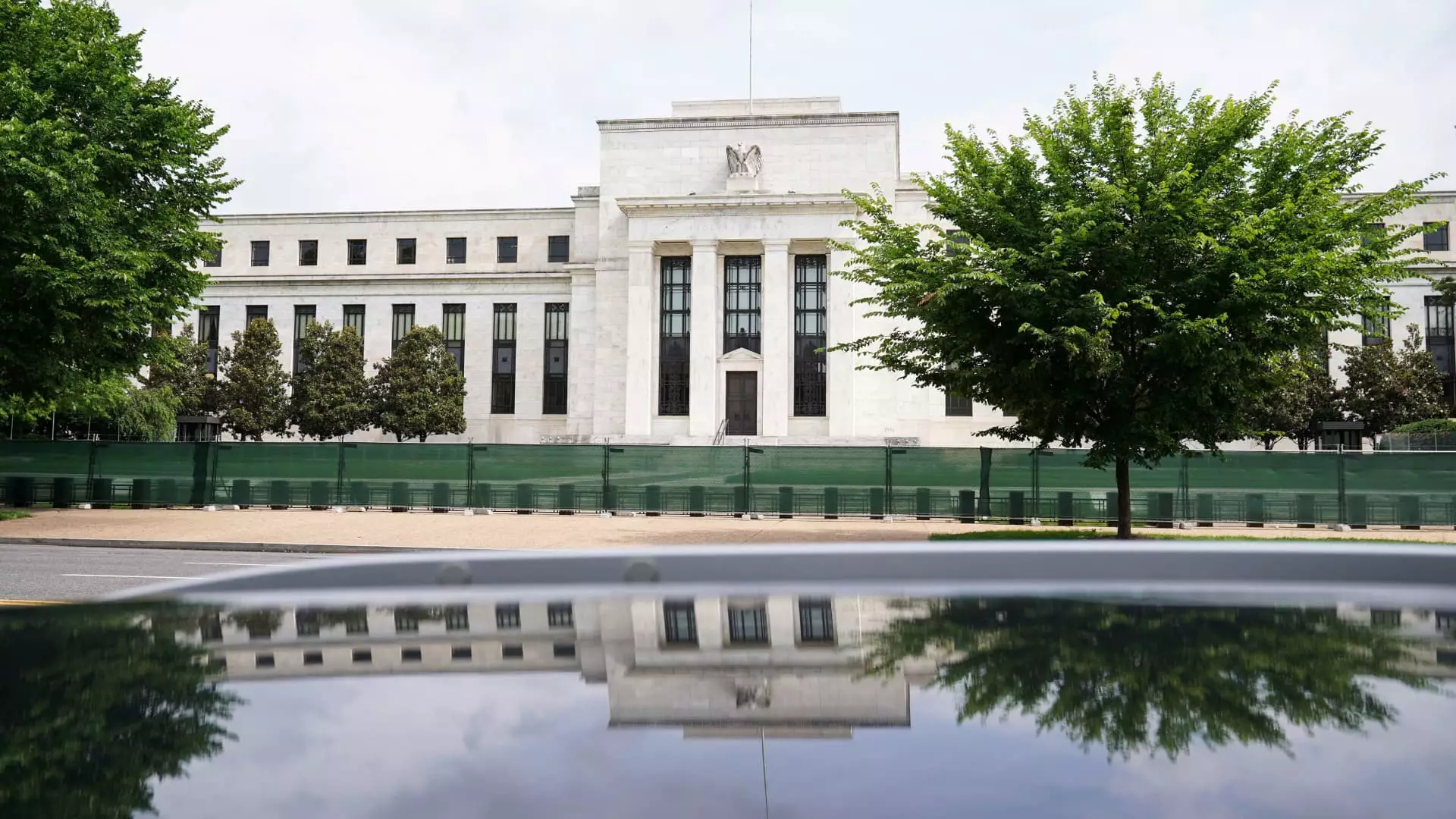As the Federal Reserve gears up for its two-day meeting on December 18, many financial analysts predict another quarter-point cut to the interest rate. This expected adjustment signifies the third consecutive reduction in rates, adding up to a full percentage point decrease since September. This shift in monetary policy is a response to the inflationary pressures that have characterized the U.S. economy, which recently reached a 40-year high. The slow pace of the Fed’s decision-making reflects a cautious recalibration following a period of aggressive rate hikes aimed at controlling inflation. As the fiscal landscape shifts, especially with the uncertainty surrounding President-elect Donald Trump’s upcoming term, the Fed may lean towards a “wait-and-see” strategy, according to Jacob Channel, a senior economic analyst at LendingTree.
The federal funds rate is pivotal as it sets the tone for other interest rates across the economy, affecting everything from borrowing to saving. Although the federal funds rate does not directly correlate with the rates consumers face, it undeniably impacts the general financial landscape. A rate cut would bring the overnight borrowing rate down to a range of 4.25% to 4.50%, a move noted by economics professor Brett House as potentially alleviating some financial burdens. However, it is crucial to understand that not all borrowing costs will see immediate relief from these adjustments.
One of the most direct connections to the federal funds rate is in credit card interest, which largely operates on a variable rate. Since the Fed began increasing rates in 2022, average credit card rates have surged, moving from 16.34% in March 2022 to an alarming 20.25%. Despite the Fed’s recent rate cuts, credit card interest rates have not dropped significantly due to issuer hesitation in adjusting their rates accordingly. Analysts like Greg McBride of Bankrate indicate that consumers burdened with credit card debt might be better served by transferring their balances to 0% interest credit cards, as the general decline in rates may take time to trickle down to affected consumers.
Additionally, the mortgage sector presents a complex scenario. Given that most mortgages are fixed-rate, they don’t instantaneously react to the Fed’s adjustments. For example, current averages for 30-year fixed-rate mortgages linger around 6.67%. This figure, while a decrease from previous trends, remains significantly higher than the lows seen earlier in the year. The fixed nature of these loans means homeowners won’t feel the impact of rate cuts unless they refinance or move to another home. The ongoing unpredictability of mortgage rates, attributed to fluctuating economic conditions, adds another layer of complexity for potential homeowners.
The landscape for auto loans mirrors the mortgage sector in many ways. While car loans are also fixed, they have been compounded by rising vehicle prices, resulting in exorbitant monthly payments that challenge consumer budgets. Current rates for a five-year new car loan sit at approximately 7.59%, and despite prospective rate drops, consumers may remain burdened by high loan amounts, averaging $40,000. McBride emphasizes that even at lower interest rates, affordability remains a significant issue.
On the educational front, federal student loans typically carry fixed rates, which won’t show immediate changes following the Fed’s rate cuts. However, variable-rate private loans are directly influenced by Fed movements, allowing borrowers the potential to benefit from lower rates. While refinancing opportunities may arise, it’s vital to weigh the pros and cons due to the loss of federal protections, such as deferment options and loan forgiveness, if borrowers choose to shift from federal to private loans.
In light of the Federal Reserve’s actions, the broader implications for consumer finance are a mixed bag. While the prospect of lower interest rates may offer some relief in borrowing costs over time, many consumers are left in a precarious position. For savers, however, the yield on top-tier online savings accounts remains robust, demonstrating that the current environment, shaped by the Fed’s recent rate movements, is favorable for those looking to grow their savings. As McBride comments, this is an advantageous time for savers to secure attractive returns.
Ultimately, while rate cuts from the Fed are anticipated, the impacts will vary widely, cutting across different sectors of consumer finance. As we move forward, it will be essential for consumers to stay informed about these dynamics to navigate their financial futures wisely.

